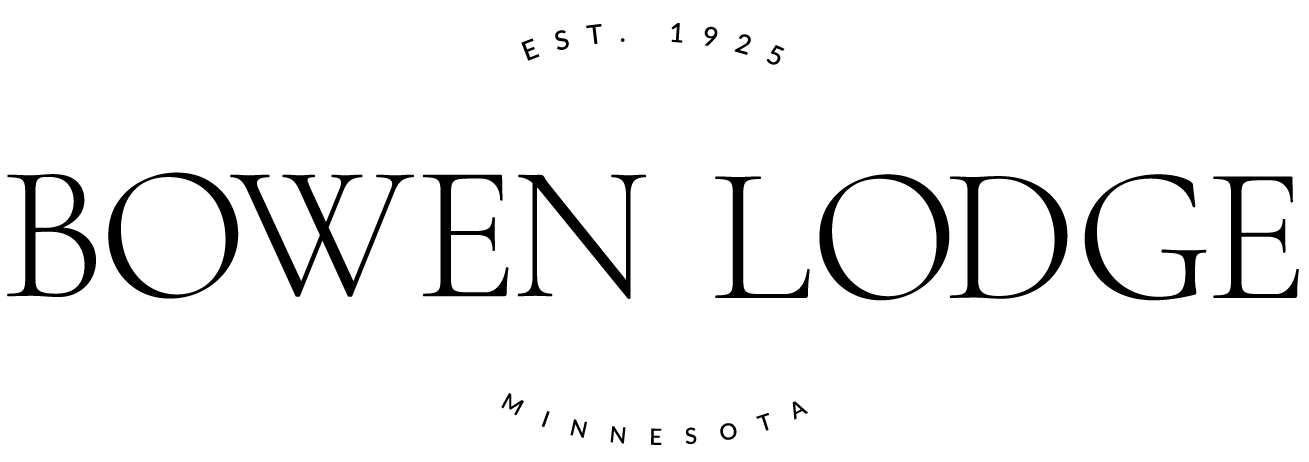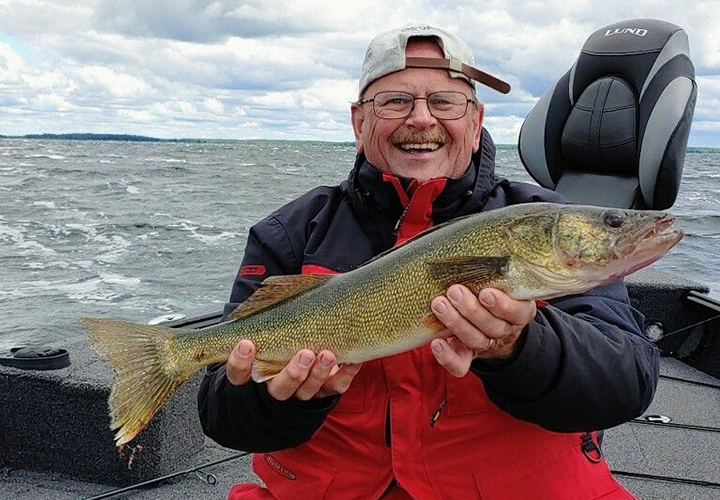Most everyone agrees that the recent spell of hot weather was too hot for human comfort! But we do have to admit that the stability it provided was great for both Winnie and Cutfoot, not only in terms of fishing success, but also as it relates to fish growth over the long term.
In terms of fishing, massive hatches of Mayflies occurred as the water warmed and walleyes responded by moving toward expansive, semi-soft bottom flats. It’s not uncommon to hear about folks catching walleye in what appears to be “structureless” territory. Random schools of fish, some large and some small, roam the flats gobbling up Mayfly larvae before they can reach the lakes surface and emerge as adults.
On Winnie, the water depth in many of these areas runs from about 14 to 18 feet deep. But similar soft-bottom flats can be found both deeper and shallower, so be creative in your search. Finding fish and catching them during bug hatches on the flats is easier than many believe, but presentation methods do depart from typical early season walleye presentations.
Because fish are scattered across a wide swath of territory, jigging, Lindy Rigging and similar, finesse presentations provide only limited success in these scenarios, it takes too long to cover enough water to encounter many fish.
Trolling at speeds of 1.0 to 1.3 MPH is a better way to cover territory. A bottom bouncer and spinner is a trick that the walleye pros use and it works well. A 1-1/2-ounce bottom bouncer, paired with a gold, chartreuse/gold or perch pattern Little Joe Spinner and tipped with either night crawlers, leeches or fatheads is a good starting point. Overall, crawlers are preferred by the pros, but they’ll keep you busy because perch of all shapes and sizes will attack them. Leeches can be used effectively to help reduce the number of fly-by perch attacks. Inexpensive fathead minnows, used by many of Lake Winnie’s fishing guides are good too and they will also encourage more strikes from northern pike, considered by many to be a bonus.
Rip-jigging can also be used while trolling or drifting at fast speeds and covers even more ground than spinners do. Forget about minnows, use ¼ to 3/8 ounce jig head tipped with large plastic tails. Action on the fall is key, so use paddle tails, twirl tails or shad body imitations. While trolling, cast your lures out and way from the boat, then use an aggressive upward sweep-fall-sweep-fall motion to entice strikes. Walleyes will surprise you by striking these lures aggressively and you’ll catch plenty of bonus pike along the way.
Folks with a knack for running their electronics love power-corking too. Move the boat slowly and watch your graph for fish and once located, drop 1/16 ounce jig, tipped with either a lively leech or ½ night crawler suspended below a slip float. Allow the fish a few minutes to sport your bait and strike and then move on to continue your search.
Deep water structure, like bars and humps have been slow to “turn on” this summer. For many, a trip to the middle, armed with Lindy Rigs and live bait would produce great results during this part of the summer. There have been and still are isolated cases of good fishing on the humps, but larger, mid-lake bars connected to shore have been better so far. All of the lakes “main bars” have produced fish for anglers over the past couple of weeks.
Key depths on the bars range from 16 to 22 feet and the rule of thumb is that shallower fish strike better and are likely to be larger than fish found in deeper water.
Before the cold front arrived, algae blooms, another by-product of the warm weather were gaining strength. The water was developing some color as the particles crew but may have suffered a setback this week. In terms of walleye growth rates, the more plankton the lake provides, the better winter survival of small fish will be. In terms of fishing, algae blooms help shade fish’s eyes from intense sunlight. That encourages fish to move shallower and makes catching them on structure easier, especially during late summer. We will keep you posted about water clarity as conditions change.
Panfish action remains spotty, most anglers have found that crappie fishing is best during the evening, just before sunset. Weed structure is the best location for catching either crappie or sunfish, cabbage patches are great, so is coontail and narrow leaf pondweed. When you find wild celery, expect perch to be nearby, especially when the vegetation is located near gravel or rock.
Pike are still being caught primarily as a bonus fish while in pursuit of walleyes. To target them, move toward steep, deep structure at mid lake. Warm water temperatures encourage them to move toward deeper, cooler water. Live bait rigs tipped with large minnows are good, so are spinners tipped with minnows and jigs with large plastic tails.
As we move toward the 4th of July, mid-summer patterns will intensify and we’ll be here to keep you posted on their progress. Stay safe on the lake and if you’re in the neighborhood, stop by for a chat, we’d love to see you!



